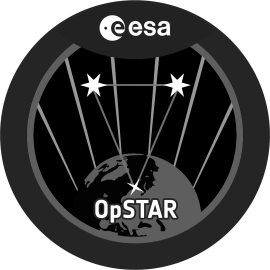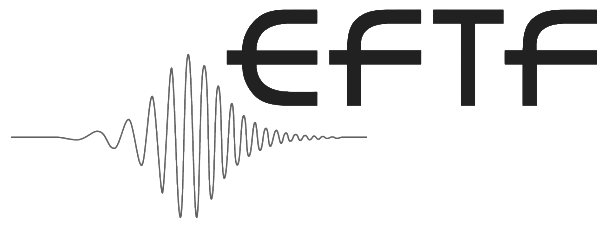GNSS is no longer reliable. Navigation is under attack.
We keep drones, ships, and critical infrastructure on course when GPS fails.


We use a different principle entirely: two-way signal exchange via geostationary satellites. It’s precise. It's sovereign. It's extremely flexible. It works where GPS fails — especially under jamming and spoofing. This is not an enhancement or workaround. It’s a standalone navigation system for critical missions and contested environments, built on our heritage of high-precision time-transfer modems used for calibrating atomic clocks — trusted at the highest level of accuracy and reliability.
Navigation, redefined.
Our core modem for high-precision time transfer is already trusted by national metrology institutes and used in calibrating atomic clocks. At ESA, we contributed to the Galileo 2nd Generation payloads, focusing on timing accuracy, signal integrity, and anti-spoofing technologies — core challenges for secure navigation systems. Most recently, our parent company Eltvor was selected by the German Aerospace Center (DLR) to deliver key timekeeping subsystems for OpSTAR, an ambitious optical navigation mission that will demonstrate satellite-to-satellite and satellite-to-Earth laser timing links. These milestones validate our credibility in the most demanding space programs. But Stelcron is focused on the ground — solving real-world challenges like GNSS blackouts in aviation, defense, and critical infrastructure, where outages are now routine and dangerous.




Our next-generation time transfer modem, ELT-TT-21, was recently featured by Inside GNSS. The article highlights its precision, robustness, and relevance for modern satellite-based timing applications — including the core technology behind Stelcron’s navigation system.

Our team’s research in high-precision optical measurement was featured in SPIE Proceedings. This work laid the foundation for advanced timing and ranging techniques, later integrated into space-grade navigation and signal synchronization systems.

Our work was presented at the European Frequency and Time Forum (EFTF) and published by IEEE. This paper introduces a novel FPGA-based time-to-digital converter (TDC) architecture optimized for space applications. The design is built on radiation-tolerant components, ensuring high-resolution time measurement even in demanding environments such as satellites and deep-space missions.

Published at the IEEE International Frequency Control Symposium (IFCS), this paper presents advanced digital signal processing techniques to filter and suppress phase noise in atomic clock systems — a crucial step for enhancing satellite timing precision and long-term stability.
Not only do these contributions reflect the scientific foundation behind our navigation system — they also demonstrate the depth, credibility, and long-term commitment of our team to redefining what is possible in satellite-based positioning. And we are proud to build on this legacy.